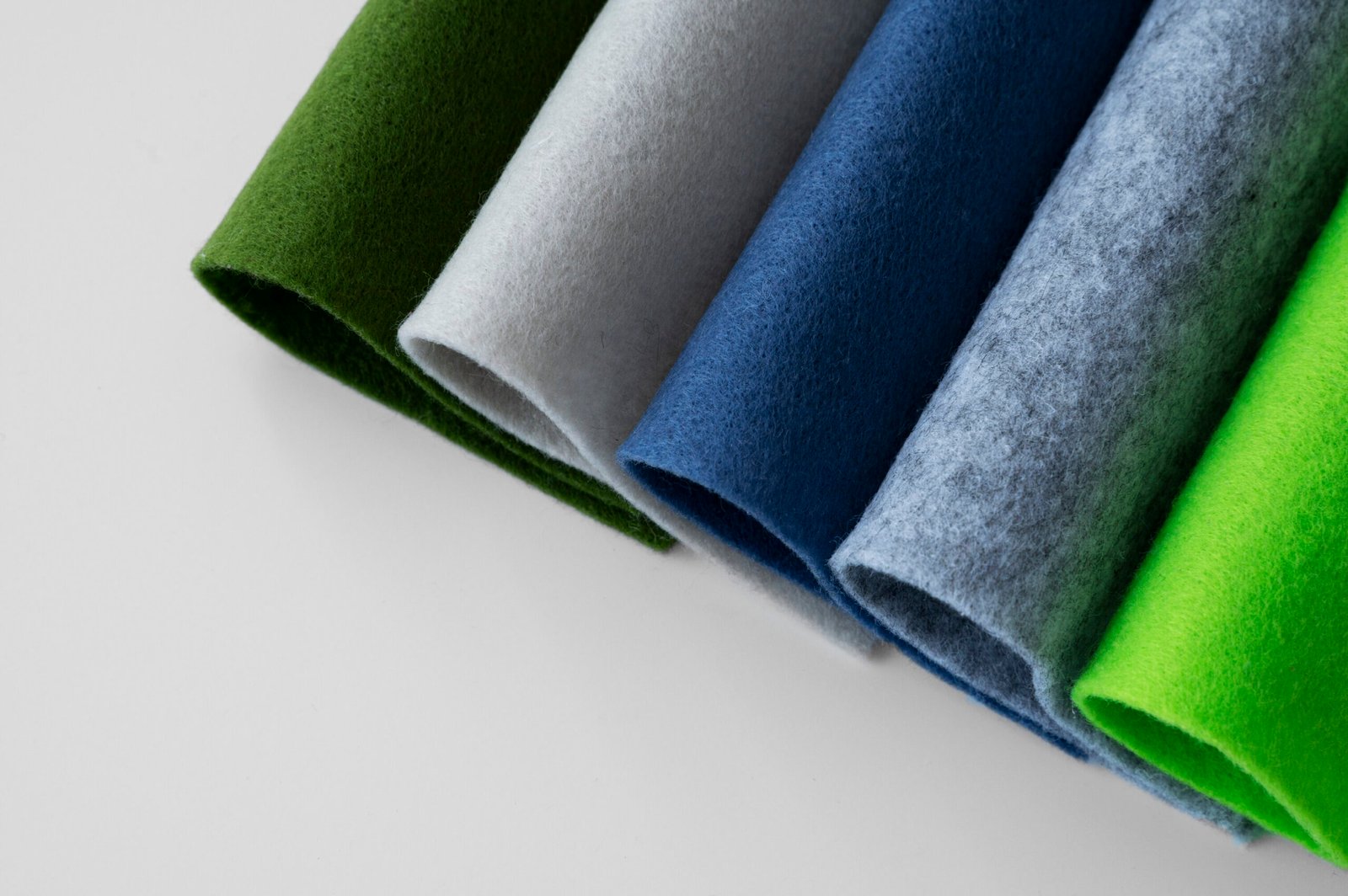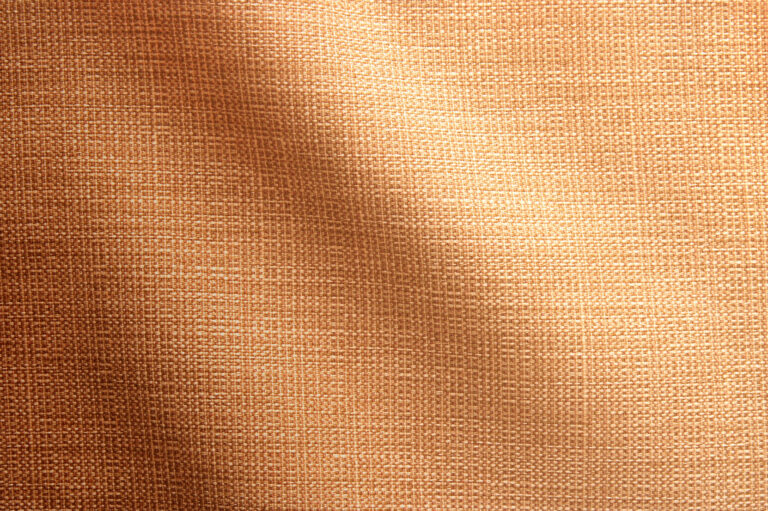4 Top Differences Between Translucent and Opaque Fabrics
Fabrics are an integral part of our lives, and they come in different types, colors, textures, and designs. One of the most significant differences between fabrics is their level of transparency or opacity.
While some fabrics allow light to pass through them, others do not. Translucent and opaque fabrics are two of the most common types of fabrics, and they are often confused due to their similar features.
In this post, we will clear up the confusion and highlight the 4 major differences between translucent and opaque fabrics.
Definition of Translucent and Opaque Fabrics
Translucent fabrics
These are those that allow light to pass through them but obscure the view of objects behind them.
These fabrics are often described as semi-transparent because they let some light through but not enough to reveal the details of what’s behind them.
Examples of translucent fabrics include chiffon, voile, organza, and tulle. These fabrics are popular for dresses, curtains, and other decorative applications where a degree of privacy is required.
Opaque fabrics
on the other hand, do not allow light to pass through them. These fabrics are thick and heavy, and they completely block the view of objects behind them.
Examples of opaque fabrics include denim, leather, wool, and velvet. These fabrics are popular for clothing, upholstery, and other applications where durability and privacy are required.
Importance of translucent and opaque fabrics
Translucent and opaque fabrics play an important role in the world of textiles and fashion, and their importance lies in their unique properties and uses.
Translucent fabrics, as the name suggests, allow some amount of light to pass through them, creating a soft and diffused effect.
This property makes them ideal for use in clothing and home décor where a delicate and airy look is desired. Some common translucent fabrics include chiffon, organza, and voile.
These fabrics are often used in wedding dresses, curtains, and drapes, as well as in summer clothing like blouses and skirts. Translucent fabrics are also popular for layering, as they add depth and texture to an outfit or home décor.
Opaque fabrics, on the other hand, do not allow any light to pass through them, creating a solid and opaque look.
This property makes them ideal for use in clothing and home décor where privacy and coverage are important. Some common opaque fabrics include denim, corduroy, and wool.
These fabrics are often used in winter clothing like coats and jackets, as well as in home décor items like upholstery and bedding.
Both translucent and opaque fabrics have their own unique benefits and uses, and it is important to understand their properties and applications in order to make informed choices when it comes to clothing and home décor.
Translucent fabrics can add a soft and delicate touch to an outfit or space, while opaque fabrics can provide privacy and coverage.
Also read: Stay Dry and Stylish: Top 7 Waterproof Fabrics For Every Fashion Designer
To clear doubts and confusion, the following are major differences between translucent and opaque fabrics.
1. Light Transmission
One of the primary differences between translucent and opaque fabrics is their light transmission properties. Translucent fabrics allow some light to pass through them, while opaque fabrics block all light.
The degree of light transmission depends on the density of the fabric and the color. For instance, a white translucent fabric will allow more light to pass through than a black translucent fabric.
Translucent fabrics are ideal for applications where some degree of light is required, but privacy is still essential. For example, translucent curtains allow natural light into a room while still providing some degree of privacy.
Opaque fabrics, on the other hand, are ideal for applications where complete darkness or privacy is required. For instance, blackout curtains are made from opaque fabrics and are used to block out light completely.
The effect of light transmission on fabric functionality cannot be overlooked. Translucent fabrics are perfect for creating a soft and airy feel in a space, while opaque fabrics create a cozy and warm ambiance.
It’s important to consider the desired level of light transmission when selecting fabrics for different applications.
2. Color and Texture
Another significant difference between translucent and opaque fabrics is their color and texture. Translucent fabrics are often light and airy, with pastel colors and delicate textures.
These fabrics are used to create a soft and romantic ambiance, and they are ideal for dresses, curtains, and other decorative applications.
Opaque fabrics, on the other hand, are often dark and heavy, with bold colors and coarse textures. These fabrics are used to create a warm and cozy ambiance, and they are ideal for clothing, upholstery, and other applications where durability is required.
The color and texture of fabrics play a vital role in the overall aesthetic appeal of a space or outfit. It’s essential to select fabrics that complement the desired look and feel of the application.
3. Durability and Maintenance
Durability and maintenance are also critical factors to consider when selecting fabrics. Translucent fabrics are often delicate and fragile, and they require special care to maintain their appearance.
These fabrics are prone to snagging, tearing, and fading, and they may require hand washing or dry cleaning to maintain their quality.
Opaque fabrics, on the other hand, are durable and resistant to wear and tear. These fabrics can withstand heavy use and frequent washing without losing their quality.
However, some opaque fabrics may require special care, such as leather, which requires conditioning to maintain its suppleness.
It’s important to consider the desired level of maintenance and durability when selecting fabrics. Delicate fabrics may require more care and attention, while durable fabrics may require less maintenance but still require proper care to ensure their longevity.
4. Application and Functionality
The application and functionality of fabrics are also essential considerations when selecting between translucent and opaque fabrics.
Translucent fabrics are often used for decorative purposes, such as curtains and dresses, where their light transmission and delicate texture are desired.
These fabrics may not be suitable for heavy use applications, such as upholstery, where their fragility may be a liability.
Opaque fabrics, on the other hand, are often used for functional purposes, such as clothing, upholstery, and drapery, where their durability and opacity are necessary.
These fabrics are ideal for applications where privacy and protection from the elements are required, such as winter clothing or outdoor upholstery.
It’s important to consider the intended purpose and function of the fabric when selecting between translucent and opaque fabrics. Using the wrong type of fabric can lead to poor performance and even damage.
Conclusion
Translucent and opaque fabrics are two of the most common types of fabrics, and they are often confused due to their similar features.
However, they differ significantly in their light transmission, color and texture, durability and maintenance, and application and functionality. By understanding these differences, it becomes easier to select the appropriate fabric for a given application.
When selecting fabrics, it’s important to consider factors such as light transmission, color and texture, durability and maintenance, and application and functionality.
By doing so, you can ensure that you choose the right fabric for your specific needs and achieve the desired look and performance.
The 4 major differences between translucent and opaque fabrics are their light transmission, color and texture, durability and maintenance, and application and functionality.
By considering these differences, you can make an informed decision when selecting fabrics and achieve the desired results in your application.


